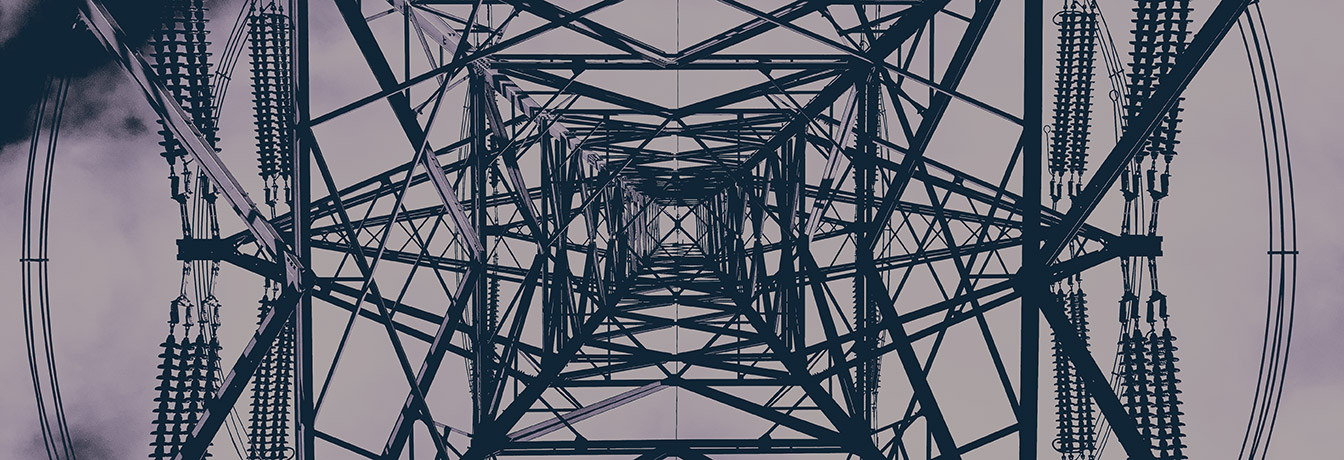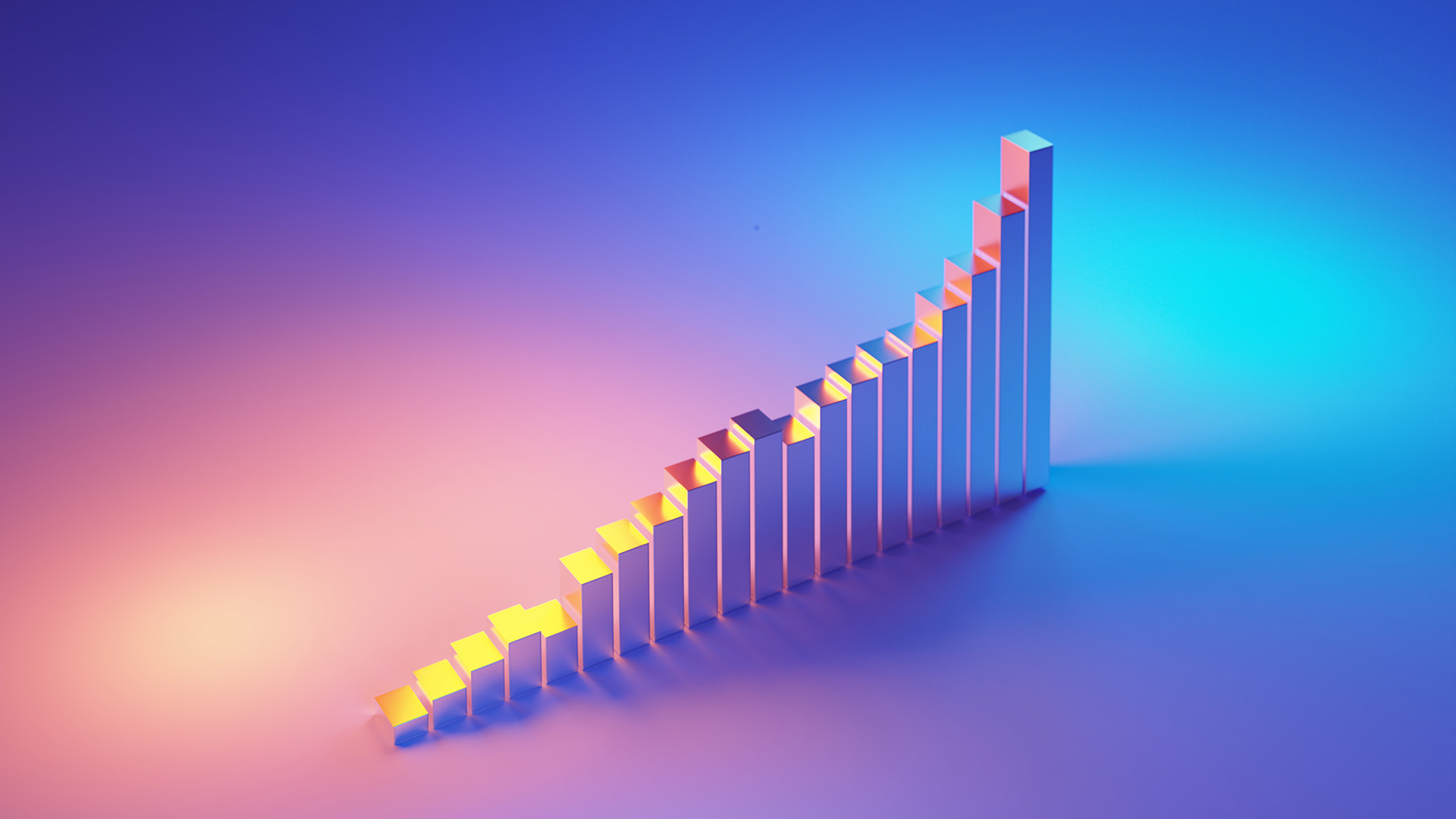
For years, whenever we asked our clients about their biggest markets, the answer was almost always the same: The US and China. Two economic powerhouses, two massive consumer bases, two engines of growth.
But lately, that balance has been shifting. China’s post-pandemic rebound hasn’t been as strong as expected. Yes, it’s still growing – faster than the US and Europe – but the spark isn’t quite there. Consumers are spending more cautiously, younger generations are making different choices, and the golden age of automatic, double-digit growth is fading.
Now, with new tariffs hitting Chinese imports, the economic tension is rising; but in a week where political chaos is still dominating headlines, it’s clear that businesses aren’t just reacting to trade shifts. They’re navigating a world where the rules of engagement can change overnight.
The Illusion of Local
When things feel uncertain, people look for anchors: something familiar, something that feels close to home. And right now, with all the talk of tariffs, we’re already seeing the idea of buying local creeping back into the conversation.
But here’s the thing: how local is anything, really?
That carton of oat milk? The oats might be American, but what about the stabilisers that keep it shelf-stable? The snack bar you grabbed at the airport? Maybe it was made in the US, but the cocoa came from Ghana, the vanilla from Madagascar, and the packaging was printed in China.
Even if you want to buy local, the reality is, the world is deeply connected. A single product can be touched by a dozen different markets before it lands on the shelf.
So if tariffs push up costs, will ‘buying local’ really protect consumers from rising prices? Or is this just another moment that reminds us that no market – no matter how big – is an island?
Maybe the bigger shift isn’t about where products come from, but how consumers decide what’s worth it.
When Certainty Shakes, Trust Shifts
Trade wars don’t just reshape prices; they reshape perception. And perception drives behaviour.
When the world feels unsteady, what people trust, what they feel connected to, and what they see as ‘worth it’ changes.
In the US, will higher prices make people more loyal to brands they already know? When everything is going up in cost, people tend to retreat to comfort brands – the ones they’ve bought forever, the ones that feel like a safe bet. It’s not just about patriotism – it’s about predictability.
In China, the homegrown movement is already well underway, but tariffs could accelerate a deeper shift. Consumers who were already leaning into domestic brands for skincare, food, and fashion might double down. But not just out of loyalty, because global brands are starting to feel more expensive, less certain, and further away from their world.
We’ve seen these moments before: times when political shifts turned into consumer movements. French wine boycotts. ‘Buy British’ campaigns. The anti-Tesla movement in Germany. The rise of domestic beauty brands in China and South Korea.
But maybe the bigger takeaway isn’t just about nationalism. It’s about how brands build trust when the rules keep changing.
The brands that win in these moments won’t just be the ones that scream Made Here! the loudest. They’ll be the ones that understand why people make the choices they do in uncertain times, and find ways to meet them there.
So, What Now?
For businesses, this moment isn’t just about supply chains and pricing. It’s about consumer psychology.
How do you reinforce trust when the landscape keeps shifting?
How do you make people feel like they’re making a smart choice, no matter where your product comes from?
How do you get ahead of the conversation instead of reacting to it?
At Butterfly, we believe in Vibrant Thinking: understanding the why behind change, not just the what. Because the brands that come out stronger in times like these aren’t just the ones that adapt fastest. They’re the ones that stay emotionally connected to their consumers.
In times like these, it’s not just about reacting to disruption; it’s about staying nimble enough to move with it. The brands that win won’t be the ones waiting for clarity; they’ll be the ones shaping their own paths forward.


